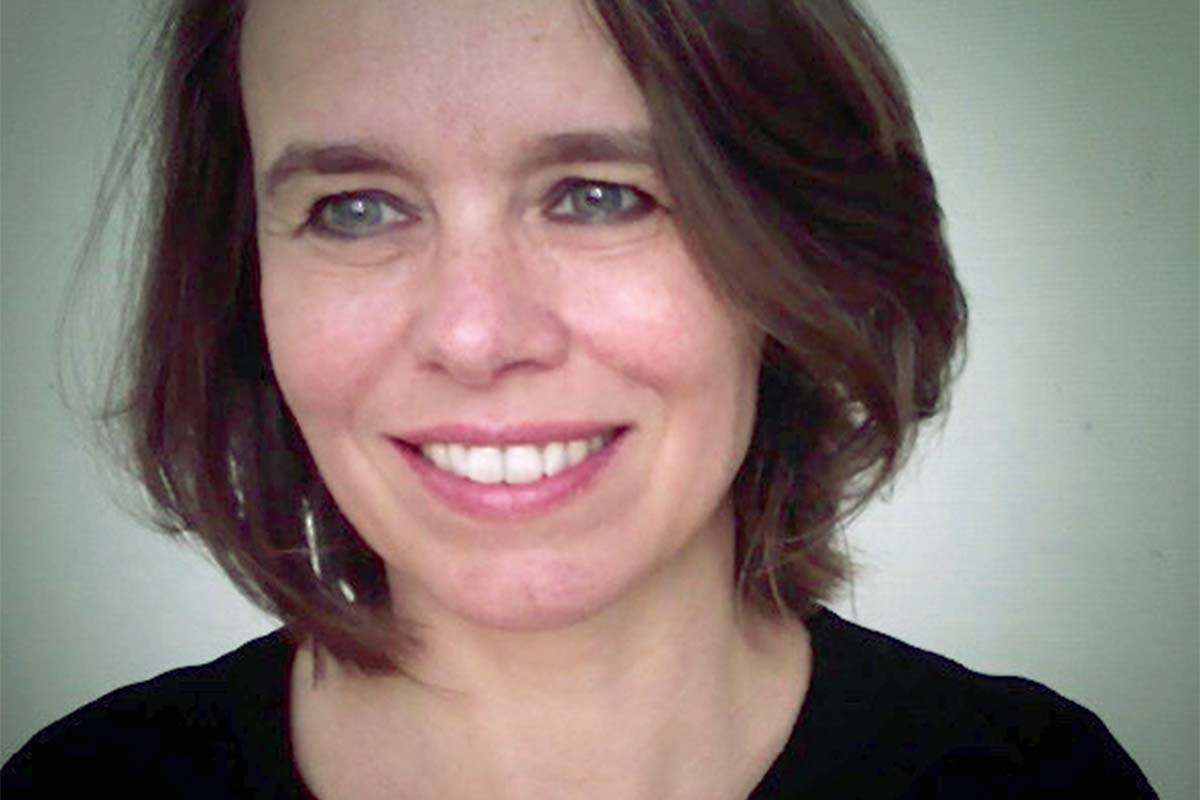[LUM#14] Thought law
What do the latest Goncourt Prize, Pfizer's messenger RNA vaccine Pfizer messenger RNA vaccine and the video game Fortnite? All three are all three are "goods produced by the human mind and therefore intellectual property law", explains Agnès Robin explains Agnès Robin*, a teacher-researcher in private law specialist in this field.

"My family exposed me to questions of artistic creation at a very early age, as well as technological and IT issues." This was undoubtedly one of the reasons why the young Agnès Robin, then a law student at Nanterre, decided to take what was, in the mid-90s, only an optional subject: intellectual property law. " The code that governed it in 1992 was four times thinner than that of 2020," recalls the smiling Agnès Robin, who now heads the highly regarded Master of Intellectual Property and Digital Law.
Aesthetic and technical creations
Although intellectual property rights first came into being at the end of the 18th century, with the advent of industrial capitalism
, it was in the second half of the 20th century that they really took off. The boom in the cultural and creative industries, followed of course by the development of digital technology, established the essential role of these rights. All these industries function on and thanks to the exploitation of intellectual property rights," emphasizes Agnès Robin. These rights play an active role in corporate strategy, whether in the cultural or technological fields, as they are instruments for enhancing the value of intellectual assets.
Not only corporate strategy, but also that of public research establishments, as Agnès Robin observed when, as a doctoral student, she took on a replacement role in the development and partnership department of the CNRS , "which was a pioneer in this policy. I drew up contracts with industrialists and negotiated co-ownership of the results of public research. That's when I realized that there was a subject that had not yet been fully exploited. Intellectual co-ownership was to be the subject of his thesis and the main focus of his research work.
The challenge of open science
The numerous reforms affecting higher education and research, and in particular that concerning university autonomy, make intellectual property law more than ever central to their development. Universities develop a great deal of applied research, and therefore often
patentable, within the framework of partnerships with industry," explains the researcher. It's a way of getting companies to invest in public research. It's also a way for public research establishments to leverage the results of their teams.
In the age of open data, intellectual property law specialists are faced with a new challenge: open science. This policy encourages the open dissemination of research data, raising the question of the legal status of such data. A subject on which the researcher has been working for the past four years as part of the interdisciplinary CommonData project. "This question requires the articulation of numerous systems that are not always coherent with each other: the intellectual property code, the research code and the code of relations between the public and the administration, which governs the opening up of public data...". When intellectual property becomes a headache.
UM podcasts are now available on your favorite platforms (Spotify, Deezer, Apple podcasts, Amazon Music...).
*UMR Dynamique du droit (UM - CNRS)